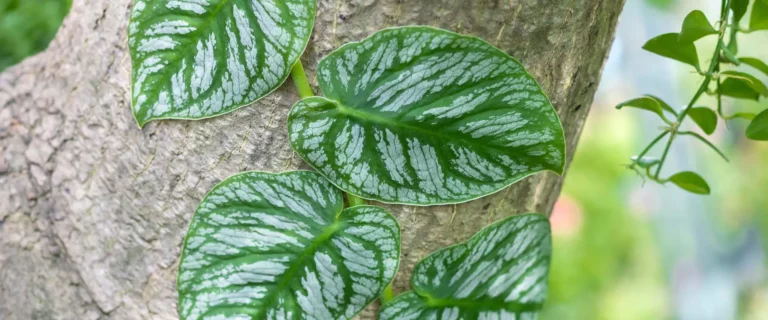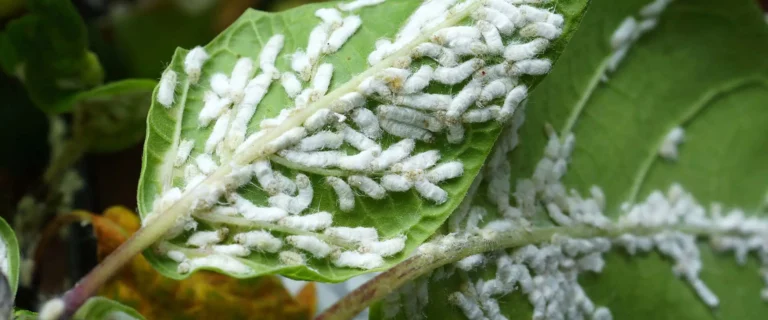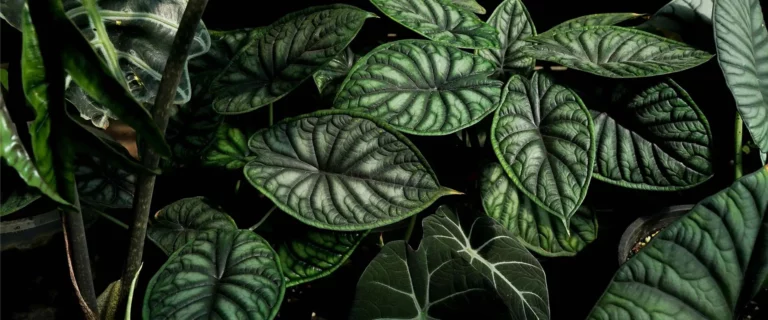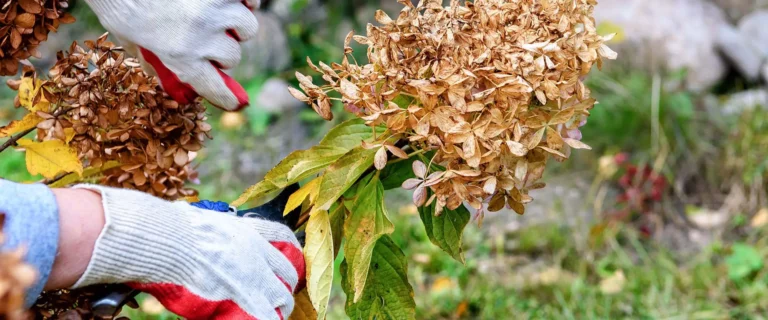A popular question around here is when do I prune my hydrangeas? How do I prune my hydrangeas? And what makes them different?
Well, the short answer is: It depends. Sean, the horticulture expert at The Gardener’s Center, says it requires a little bit of detective work. First you need to know what kind of hydrangea you have as some bloom on old growth and some bloom on new growth. And then when the Endless Summer reblooming mophead hydrangea was introduced about 20 years ago, it got even more confusing. Sean sorts it all out for us…

Annabelle Hydrangeas
These are typically the first hydrangeas to bloom at the end of June/beginning of July, and they have the big, white, fluffy flowers. A popular one at The Gardener’s Center is Bar Harbor, a compact variety, and one of Monrovia’s Seaside Serenade series.
- Blossoms are white.
- Flower on new growth.
- Cut them back 6-8 inches in the fall.
- They reach their full height every season.
Annabelle hydrangea pruning tips…
For the Annabelle hydrangeas that bloom on new growth only, Sean likes to cut them down to the ground every year, especially if you have really big ones in your garden.
A common complaint Sean hears is that the hydrangea someone has is too big for where they are, but they’re afraid to prune it. Sean’s advice? Treat it like a “semi-woody” perennial. Cut it back in the fall, maybe six to eight inches above the ground, after the first frost. Your Annabelle will still be three or four feet tall and flower the following June or July
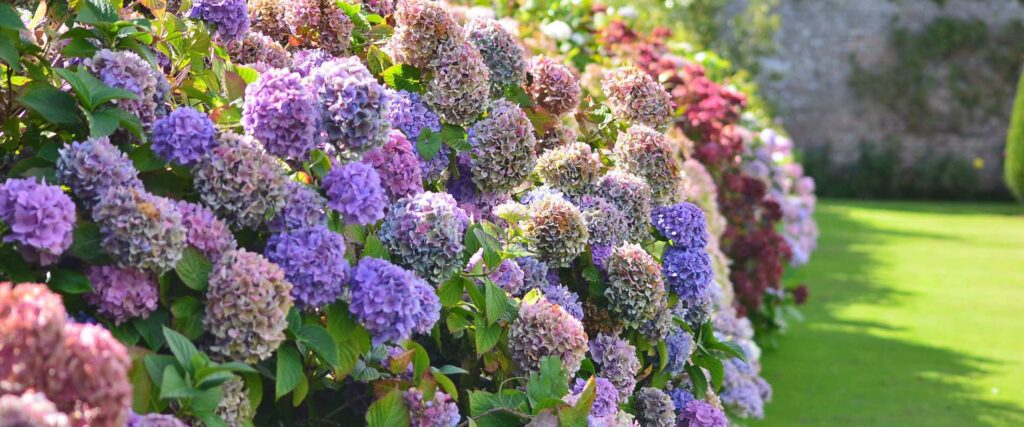
Mophead Hydrangeas
These are the big, blue ones you see in Nantucket, Martha’s Vineyard and down at Cape Cod. These are sometimes called “Florist Hydrangeas” and are very popular.
- Blue, red or pink blossoms
- If older than 20 years, they probably bloom on old growth.
- If newer, they’re probably rebloomers and bloom on old and new growth.
Mophead hydrangea pruning tips..
It starts to get a little tricky with Mophead pruning. Reblooming Mophead hydrangeas were introduced in 2004, so that means you have to do some detective work to determine when to prune an unlabeled mophead. Was your plant planted before 2004 or after?
Sean says that if you planted a mophead hydrangea in the last 15 or 20 years, chances are good that it is a reblooming type and it flowers on old AND new growth; you can cut it back as much as you like. It’s best not to cut them back all the way, though.
If, however, your Mophead was planted more than 20 years ago, then you might have a Nikko Blue or other “old-timey” hydrangea that only flowers on old growth.
Problem is, after the frost, the leaves of Mopheads look awful and your instinct might be to cut them all back. However, if you have one of these old-growth hydrangeas, you’ll be cutting off next season’s blooms that grow on this season’s stems. (Even if you cut them back by just a third.) You’ll have a nice full plant with big leaves, but no blooms.
On the other hand, if you have a huge, old, unruly mophead hydrangea that’s taking over your yard, cut it back! You’ll have to wait a season for the blooms to return, but you’ll have an appropriately sized plant.
You don’t have this dilemma with the rebloomers. In fact, Sean shamelessly plugs the Newport variety, one of Monrovia’s Seaside Serenade series, because he’s so impressed at that fact that it seems to resist spores and mildew that are so common to Mopheads at the end of the season.
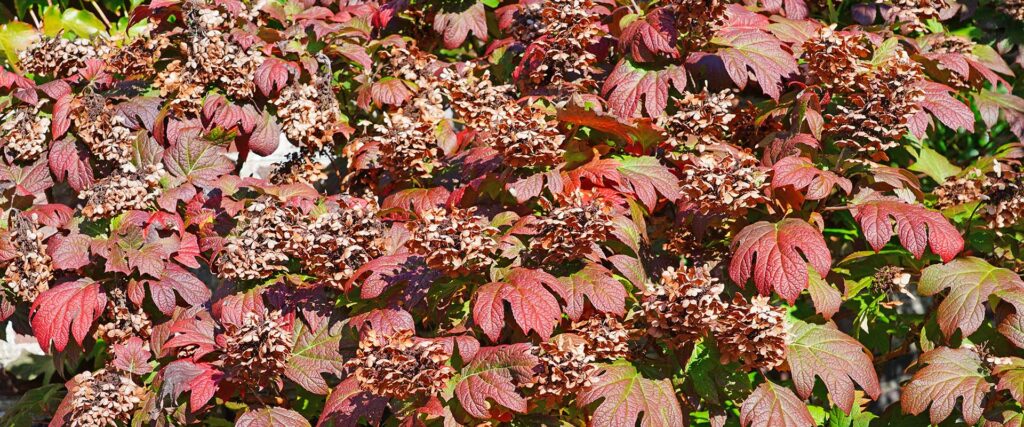
Oakleaf Hydrangeas
These aren’t as popular, but are one of Sean’s favorites.
- Leaves turn red in the fall.
- Orange bark on their stems.
- Provide winter interest in the garden.
- Flower on new growth.
- True shade plants.
Oakleaf hydrangea pruning tips…
They’re called Oakleaf hydrangeas for good reason. Tthese are Sean’s favorites, although they’re not as popular as a couple of the others.
Why does he love Oakleaf hydrangeas so much? Unlike the other hydrangea varieties that look “non-spectacular” in the fall, these look beautiful.
True shade plants, their leaves take on a burgundy and brighter red color, and they have bright orange bark on their stems. In fact, Sean doesn’t like to prune these at all!
They look great in the fall, and in the winter their orange stems stand out against the snow. He believes they add a lot of winter interest.
While they do flower on new growth, you can prune them a bit, but try to do it minimally; Sean’s opinion is the Oakleaf hydrangea is more shapely when it’s not heavily pruned. A particular variety he likes is Monrovia’s Ruby Slippers.
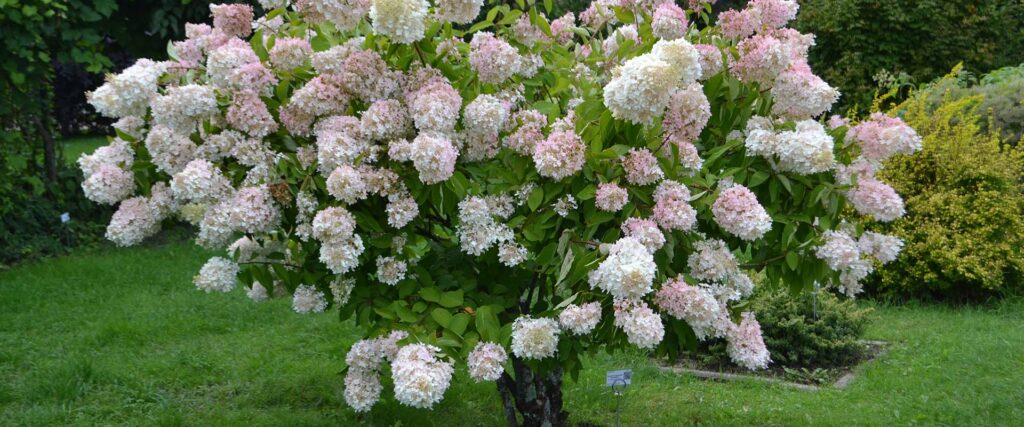
Paniculata Hydrangeas
Another popular hydrangea variety, these used to be called “peegee” hydrangeas by “old guys” like Sean. It stands for “paniculata grandiflora.”
- Blossoms are white.
- Flower on new growth.
- Cut them back hard in the fall if they’re overgrown.
Paniculata hydrangea pruning tips…
For the Paniculatas, it’s nice to cut some of the dried flowers in the fall for display in your home, and then cut the plants back hard, but not to the ground. These are the “go big or go home” hydrangeas so know that going in. And pruning them just a little bit doesn’t do much for them.
You can buy Paniculata hydrangeas that look like lollipop trees when you first get them, but without proper pruning, they can soon resemble Cousin It from the Addams Family.
They tend to get overgrown, so you may need to cut them back hard. Sean says don’t be afraid! The worst thing that could happen is that they simply don’t bloom the next season.


